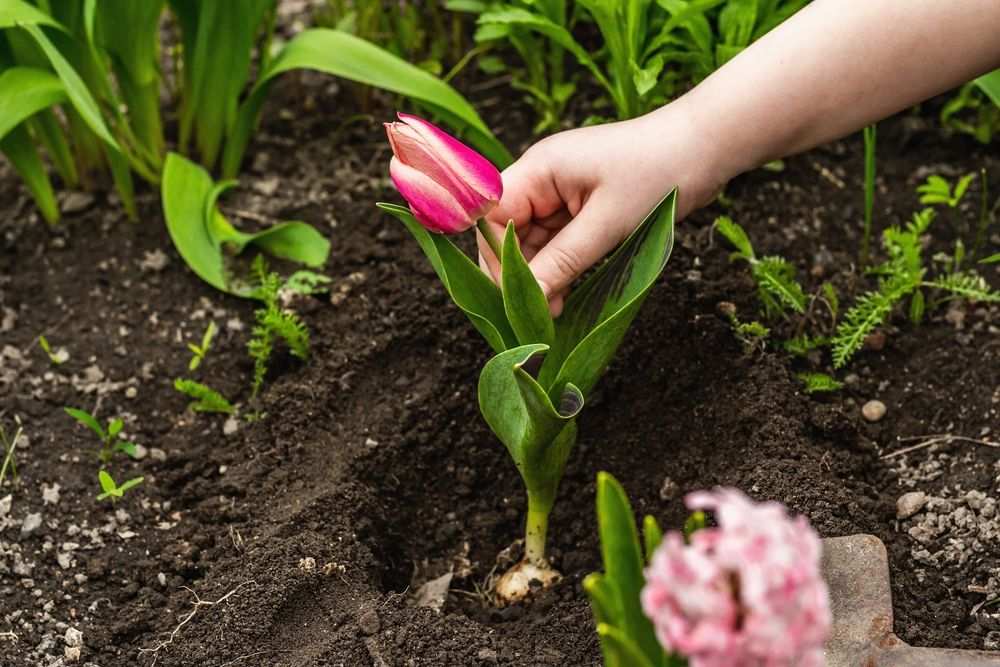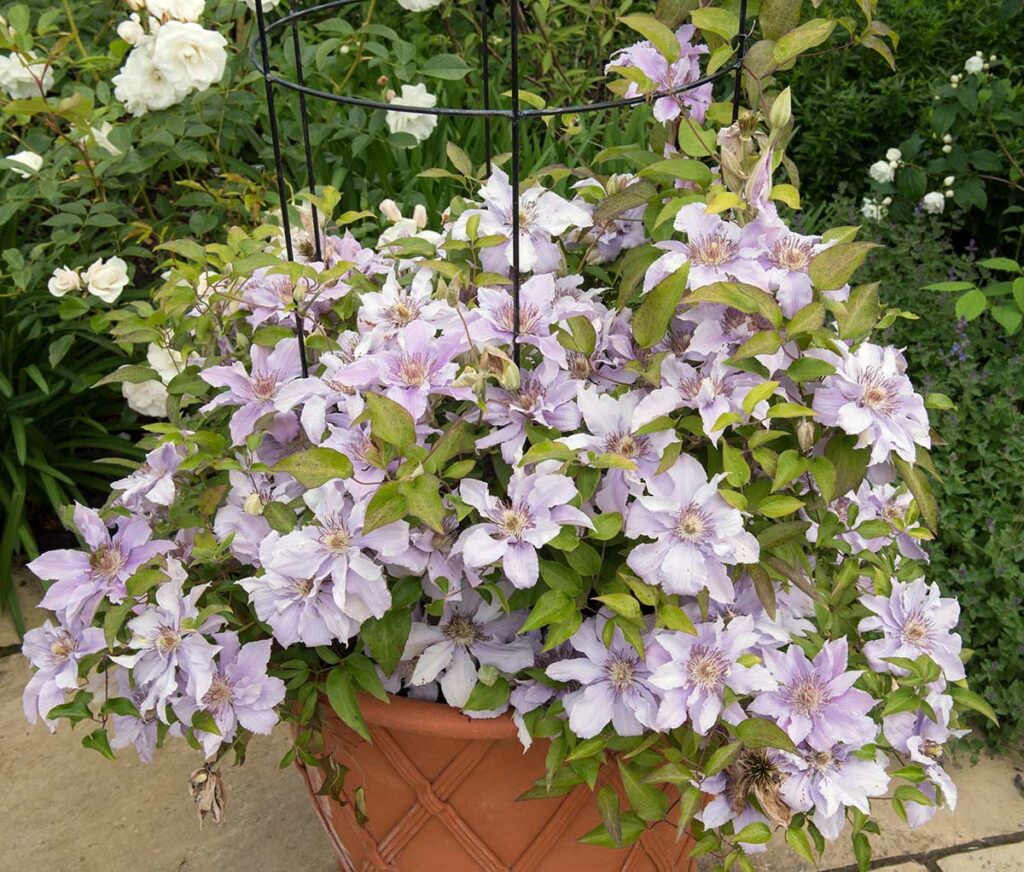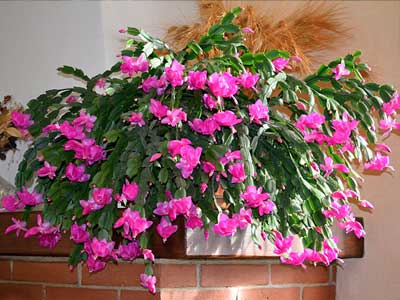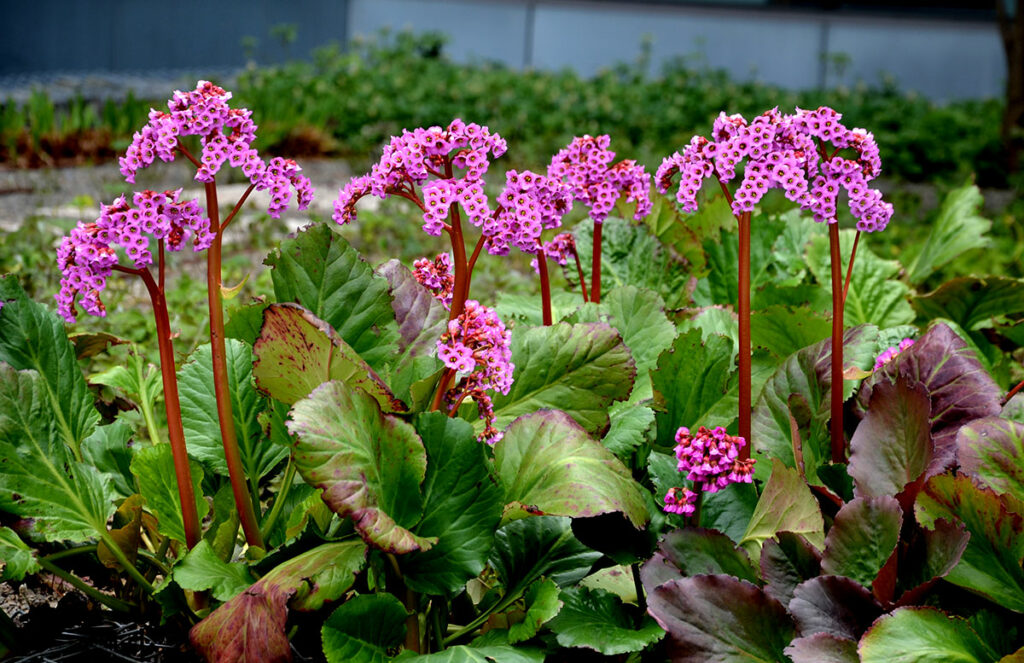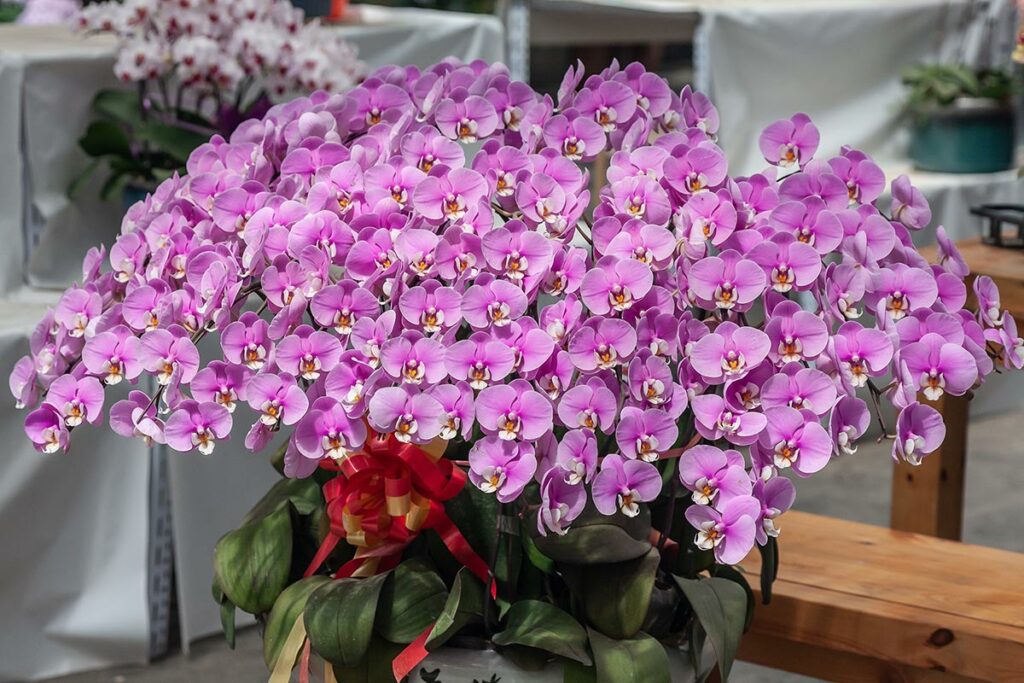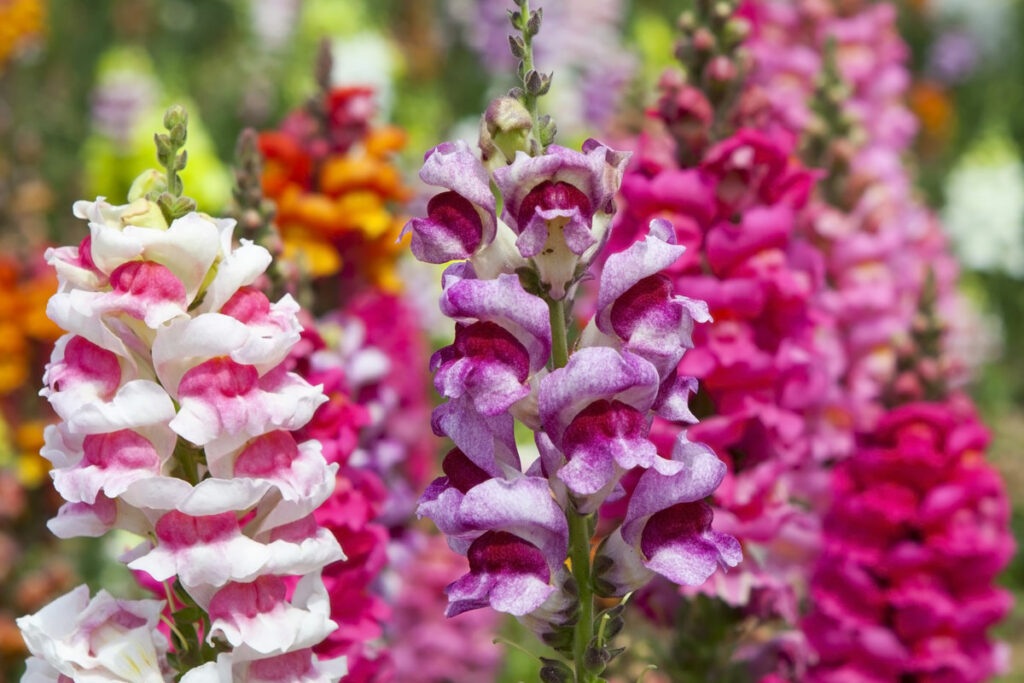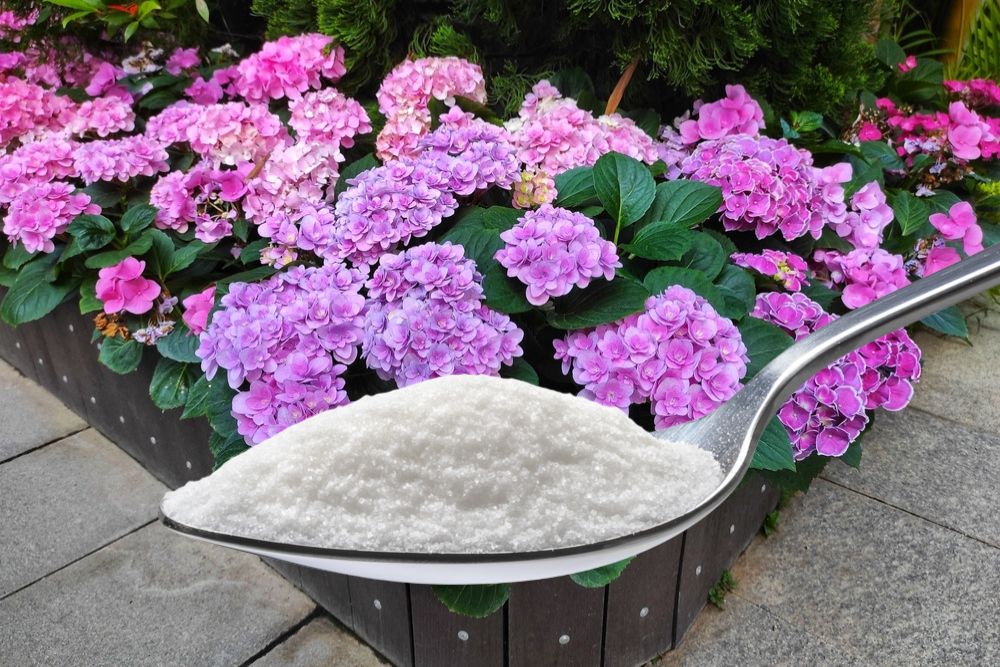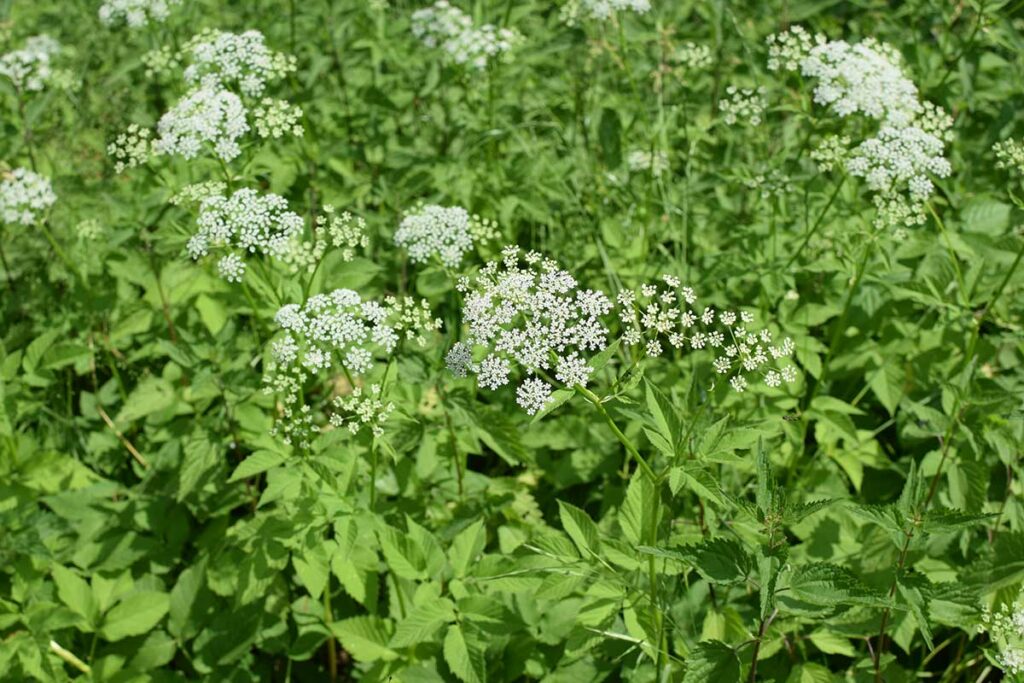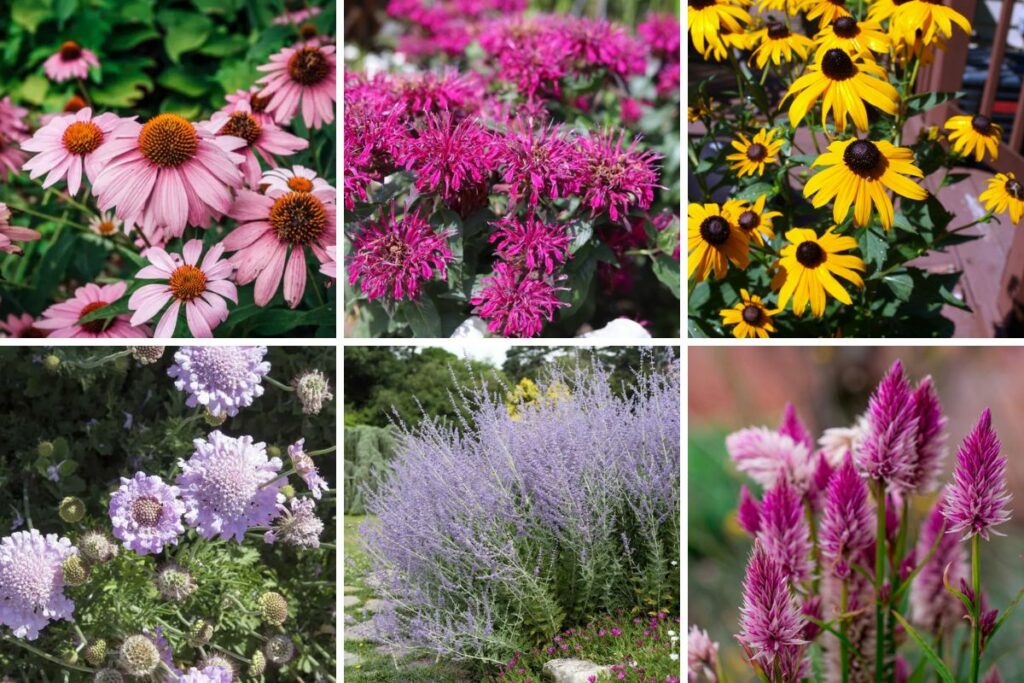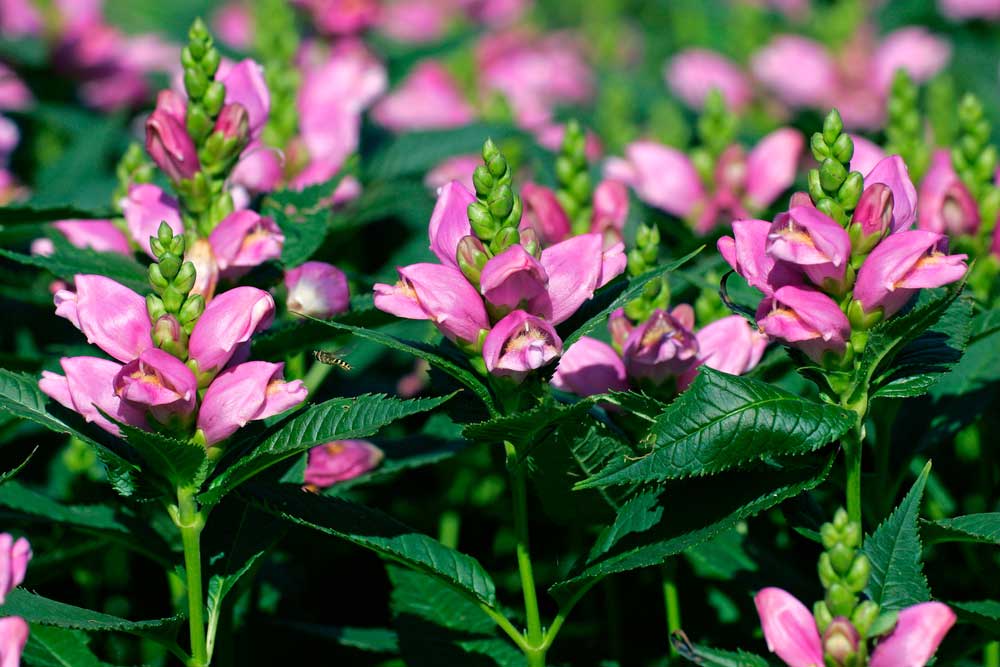
If you’re looking to add some color to your garden this fall, October is the perfect time to plant perennial flowers. These hardy plants come back year after year, making them a great investment for any garden.
Here are 12 perennial flowers that you should consider planting this October.
First on our list is the Black-eyed Susan. This bright yellow flower with a dark center is a staple in many gardens. It blooms from mid-summer to early fall, making it a perfect addition to your October planting plans.
Another great option is the Coneflower, which comes in a variety of colors, including pink, purple, and white. These flowers are not only beautiful, but they also attract butterflies and bees to your garden.
If you’re looking for a low-maintenance option, consider planting Daylilies. These hardy flowers come in a variety of colors and are extremely easy to care for. They bloom in the summer and fall, adding a pop of color to your garden.
Another great option is the Sedum, which is a succulent-like plant that blooms in the fall. Its pink, red, and white flowers add a unique texture to your garden.
Importance of Planting in October
October is the perfect time to plant perennials in your garden. The weather is cooler, and the soil is still warm, which allows the roots to establish themselves before winter arrives. Here are a few reasons why planting in October is important:
Extend the Blooming Season
By planting in October, you can extend the blooming season of your garden. Perennials planted in the fall will have a head start in the spring, and you’ll be able to enjoy their blooms earlier in the season. Additionally, some perennials, such as asters and mums, bloom in the fall, adding color to your garden during a time when most plants are winding down.
Healthier Plants
Fall planting allows plants to establish their root systems before the ground freezes. This means that they’ll be able to absorb nutrients and water more efficiently, leading to healthier plants in the spring. Additionally, planting in the fall can help reduce the risk of disease and pest problems, as the cooler temperatures and shorter days make it less hospitable for pests and fungi to thrive.
Cost Savings
Buying perennials in the fall can be more cost-effective than buying them in the spring. Nurseries and garden centers often have end-of-season sales, which can save you money on your plant purchases. Additionally, fall-planted perennials will require less watering and maintenance than those planted in the spring, which can save you time and money in the long run.
Overall, planting perennials in October is a smart choice for any gardener. By doing so, you’ll be able to extend the blooming season, grow healthier plants, and save money in the process.
Tips for Planting Perennials in October
If you’re planning to plant perennials in October, there are a few things you should keep in mind to ensure that your plants thrive. Here are some tips to help you get started:
- Choose the right location: Before you start planting, make sure you choose a location that gets plenty of sunlight and has well-draining soil. Most perennials need at least six hours of direct sunlight per day to grow properly.
- Prepare the soil: Once you’ve chosen your location, it’s time to prepare the soil. Dig a hole that’s twice as wide as the plant’s root ball, and add some compost or other organic matter to the soil to help it retain moisture.
- Water regularly: Newly planted perennials need to be watered regularly to help them establish their root systems. Water deeply once a week, or more often if the weather is hot and dry.
- Mulch around the plants: Adding a layer of mulch around your plants can help retain moisture in the soil and keep weeds at bay. Use a natural mulch like shredded leaves or bark, and spread it about two inches deep around the base of the plant.
- Deadhead regularly: Deadheading – removing spent flowers – can help encourage your perennials to produce more blooms. Be sure to deadhead regularly throughout the growing season.
- Fertilize sparingly: While perennials do need some nutrients to grow, it’s important not to over-fertilize them. Too much fertilizer can actually harm your plants. Use a slow-release fertilizer once or twice a year, following the manufacturer’s instructions.
By following these tips, you can help ensure that your perennials thrive and bloom beautifully for years to come.
12 Perennial Flowers to Plant in October
If you’re looking to add some color and life to your garden, October is the perfect time to plant perennial flowers. These flowers come back year after year, making them a great investment for any garden. Here are 12 perennial flowers to consider planting this October:
Chrysanthemums
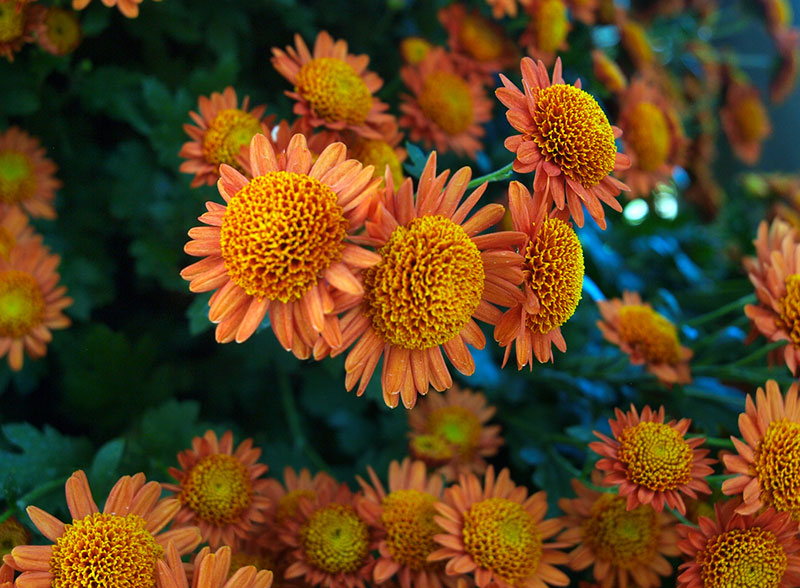
Chrysanthemums, or mums for short, are a classic fall flower. They come in a variety of colors, including yellow, orange, red, and purple. Mums are easy to care for and can tolerate cold temperatures. They also make great cut flowers for indoor arrangements.
Asters
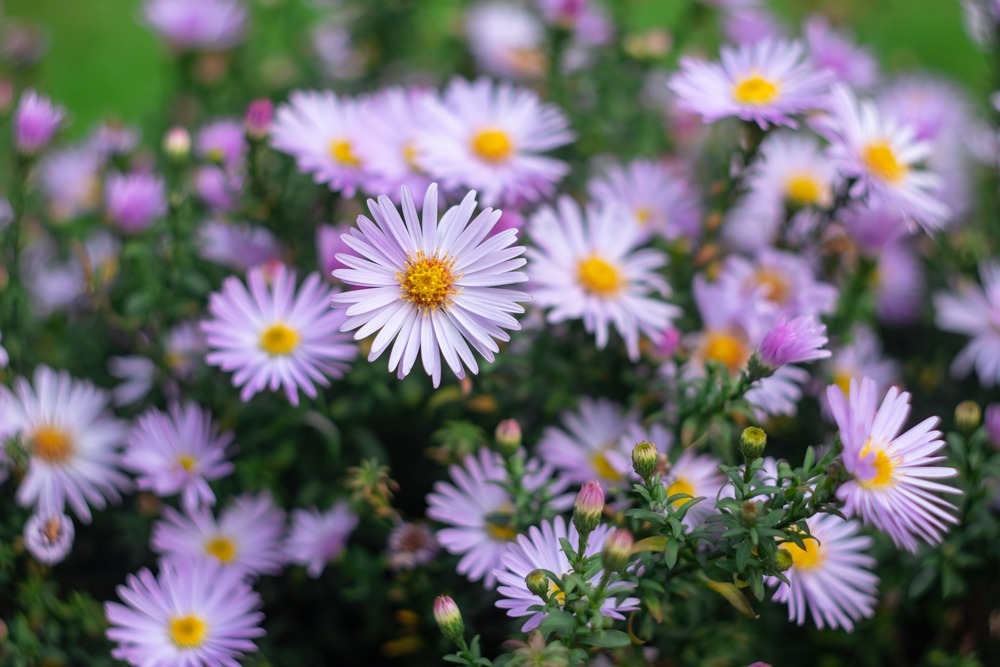
Asters are another classic fall flower. They come in shades of pink, purple, and blue and can grow up to three feet tall. Asters attract butterflies and bees to your garden, making them a great choice for pollinator-friendly gardens.
Japanese Anemone
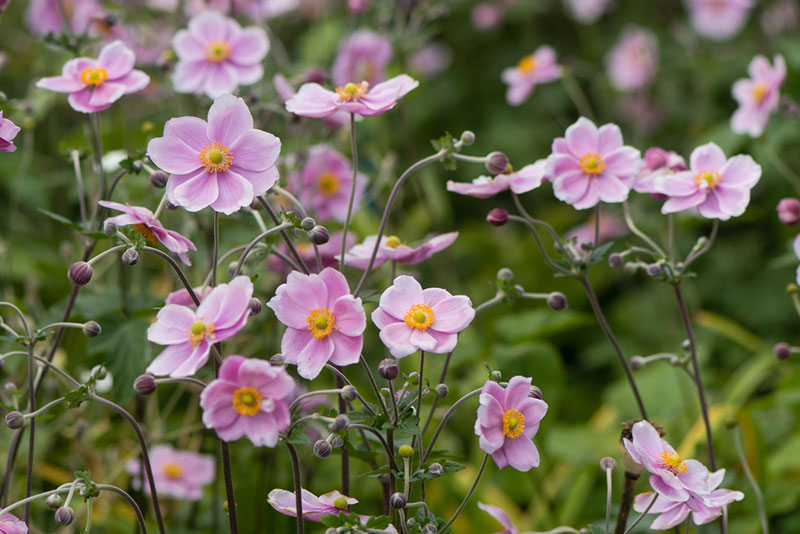
Japanese anemone is a delicate flower that blooms in shades of pink and white. They can grow up to four feet tall and are great for adding height to your garden. Japanese anemone prefers partial shade and moist soil.
Goldenrod
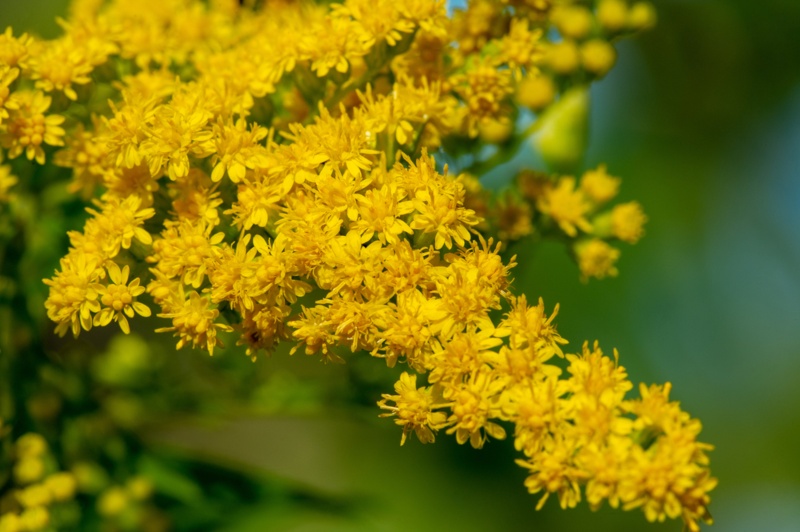
Goldenrod is a bright yellow flower that blooms in late summer and early fall. It’s a great choice for adding color to your garden and attracts butterflies and bees. Goldenrod can grow up to five feet tall and prefers full sun.
Sedum
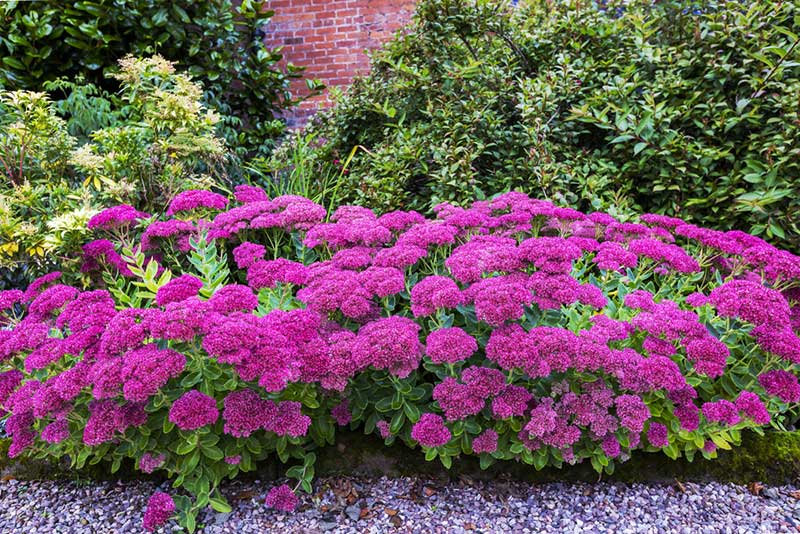
Sedum, also known as stonecrop, is a low-maintenance flower that blooms in shades of pink, red, and white. It’s a great choice for rock gardens and can tolerate drought and poor soil.
Russian Sage
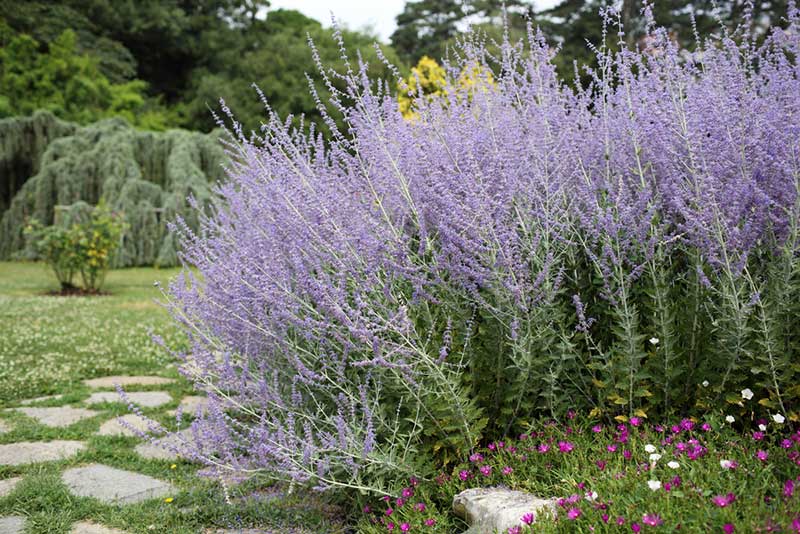
Russian sage is a tall, airy flower that blooms in shades of blue and purple. It can grow up to five feet tall and prefers full sun. Russian sage is also drought-tolerant and attracts butterflies and bees.
Helenium
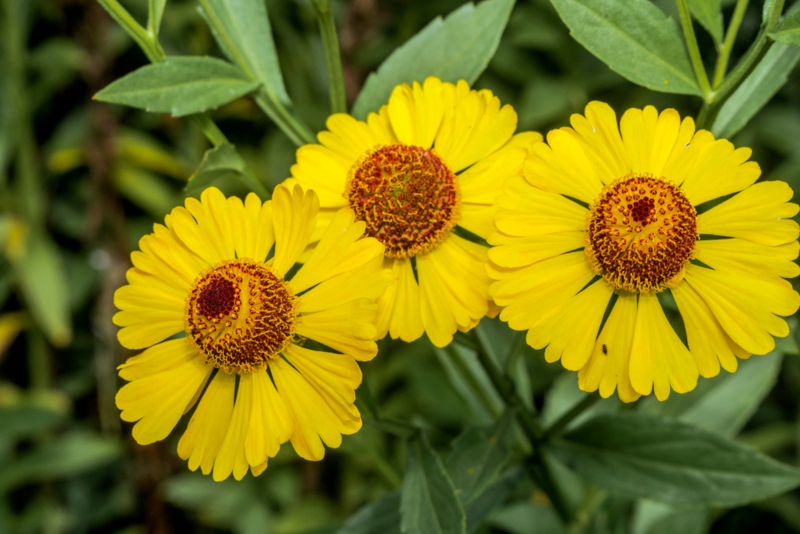
Helenium is a bright, daisy-like flower that blooms in shades of red, orange, and yellow. It can grow up to four feet tall and prefers full sun. Helenium is also deer-resistant and attracts butterflies and bees.
Bleeding Heart
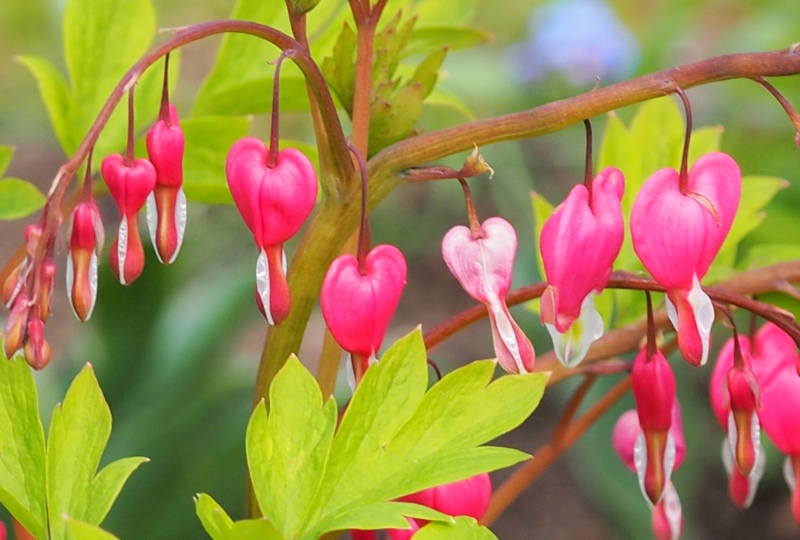
Bleeding heart is a delicate flower that blooms in shades of pink and white. It can grow up to three feet tall and prefers partial shade. Bleeding heart is also deer-resistant and attracts hummingbirds.
Coneflower
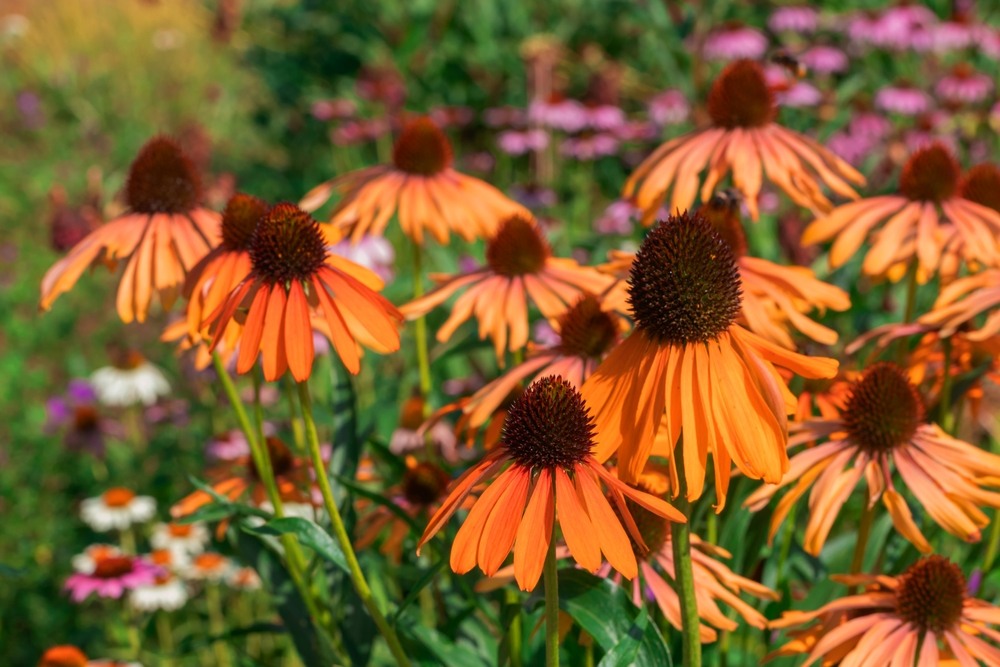
Coneflower, also known as echinacea, is a tough flower that blooms in shades of pink, purple, and white. It can grow up to four feet tall and prefers full sun. Coneflower is also drought-tolerant and attracts butterflies and bees.
Turtlehead

Turtlehead is a unique flower that blooms in shades of pink and white. It gets its name from the shape of its flowers, which resemble a turtle’s head. Turtlehead can grow up to three feet tall and prefers partial shade.
Hellebores
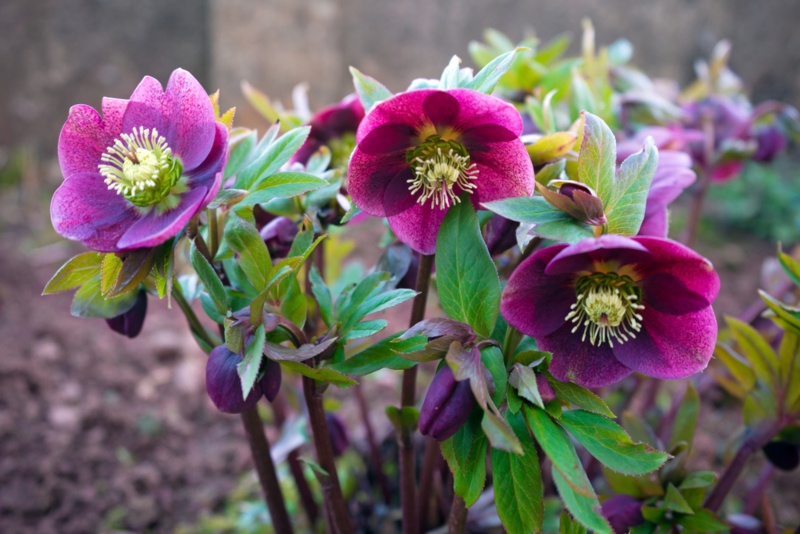
Hellebores, also known as Lenten roses, are a winter-blooming flower that comes in shades of pink, purple, and white. They can grow up to two feet tall and prefer partial shade. Hellebores are also deer-resistant.
Blanket Flower
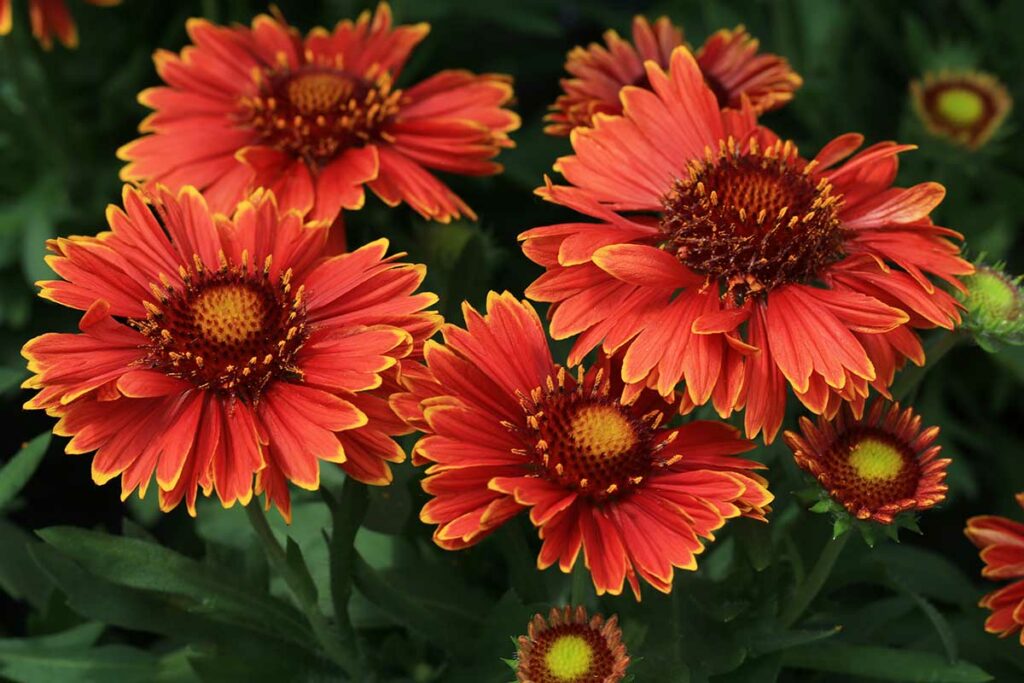
Blanket flower is a bright, daisy-like flower that blooms in shades of red, orange, and yellow. It can grow up to three feet tall and prefers full sun. Blanket flower is also drought-tolerant and attracts butterflies and bees.
Planting perennial flowers in October is a great way to add color and life to your garden. Whether you prefer classic fall flowers like chrysanthemums and asters or unique flowers like turtlehead and hellebores, there’s a perennial flower for every garden.





